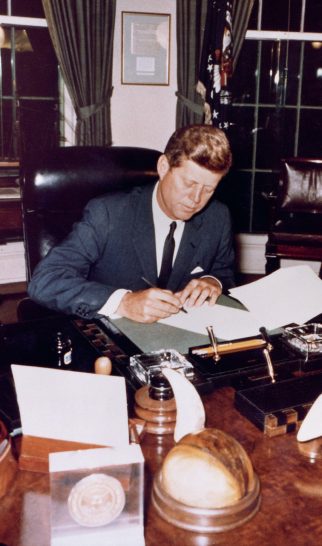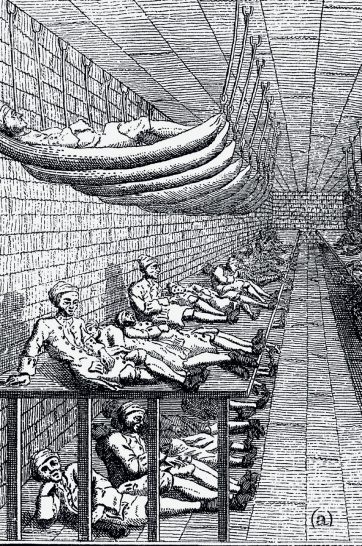Abraham Lincoln was shot by John Wilkes Booth in April 1865. His life came to an end at the same time as the Civil War between the United States and Confederate States of America ended. Lincoln’s untimely death meant that the rebuilding of the fractured nation would be left to his successor, Andrew Johnson.
Lincoln may have won the war, but Johnson was faced with an equally difficult situation. How could he reconcile two sides which had fought a bloody war over 5 years in which up to 1 million people may have died? Johnson’s Republican Party dominated politics in the Northern states, but it was not united on postwar rebuilding:
■ Moderate Republicans thought that the former Confederate states should be treated leniently and be readmitted to the Union quickly.
■ Radical Republicans wanted the Confederates to be punished for the rebellion and to ensure that Southern society was altered so freed slaves were treated equally.
The next 12 years — a period that has become known as Reconstruction — saw the Republican Party and the United States as a whole struggle to reunite the wounded nation.Abraham Lincoln was shot by John Wilkes Booth in April 1865. His life came to an end at the same time as the Civil War between the United States and Confederate States of America ended. Lincoln’s untimely death meant that the rebuilding of the fractured nation would be left to his successor, Andrew Johnson.
Lincoln may have won the war, but Johnson was faced with an equally difficult situation. How could he reconcile two sides which had fought a bloody war over 5 years in which up to 1 million people may have died? Johnson’s Republican Party dominated politics in the Northern states, but it was not united on postwar rebuilding:
Your organisation does not have access to this article.
Sign up today to give your students the edge they need to achieve their best grades with subject expertise
Subscribe




